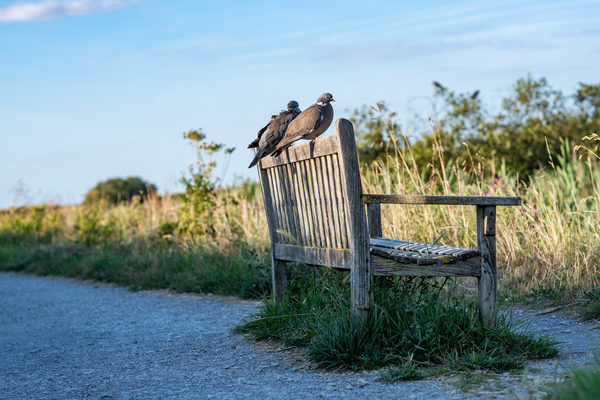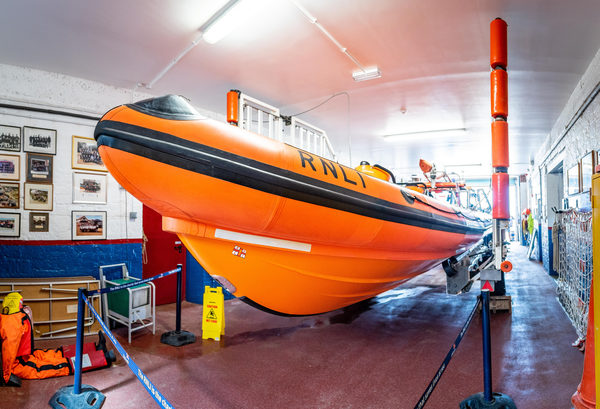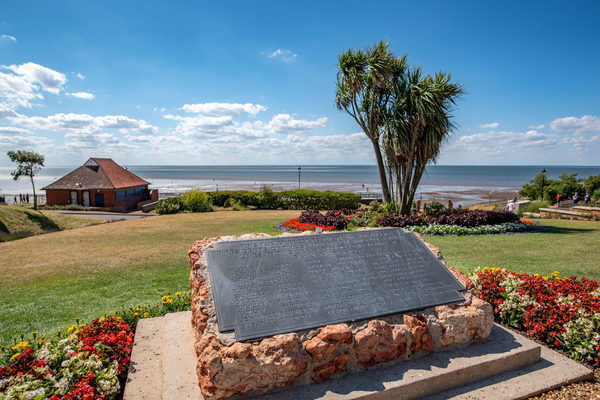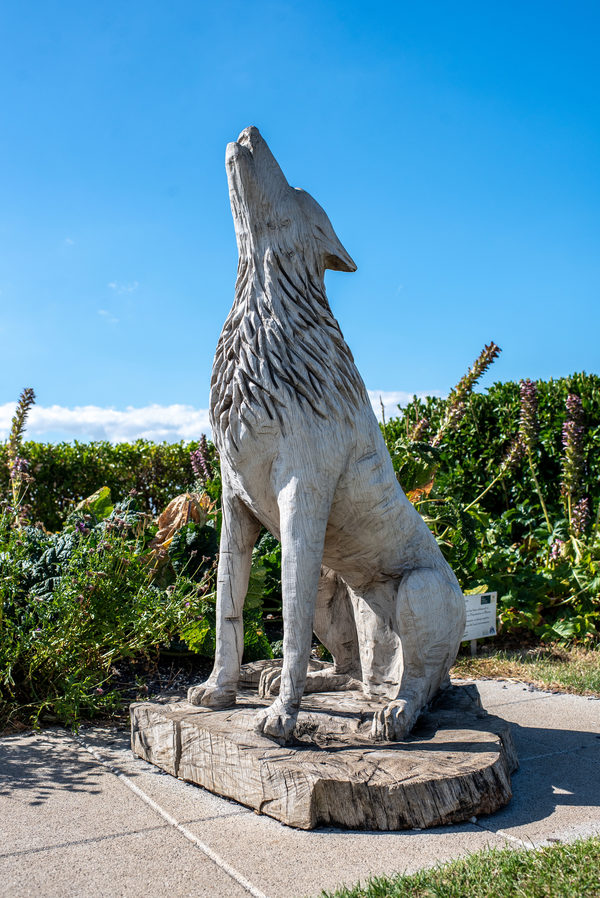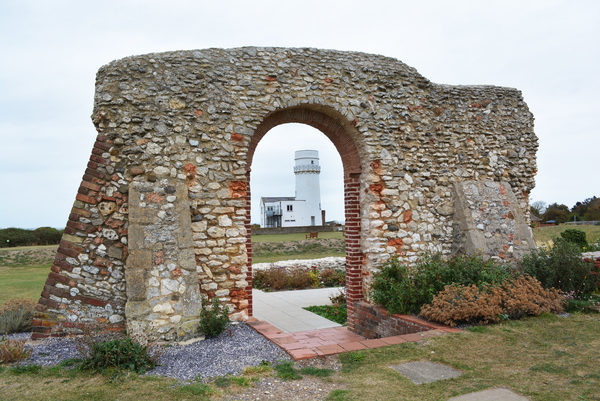Various military remains from WWII can be glimpsed around the reserve, including the remains of a target-railway used to train artillery. Much earlier remains have also been discovered including Roman pottery and, in 1998, a well-preserved Bronze Age timber circle, which became known as ‘Seahenge’. The circle was uncovered by strong tides, having been hidden for some 4,000 years (no longer at Holme, the structure was removed for preservation purposes by archaeologists).
Sea Buckthorn - probably planted to help stabilise the dunes, this spiky silvery shrub is prevalent here. In autumn, its bright orange berries are a godsend to the thousands of migrating birds, such as wintering thrushes that stop off at Holme.
Barn Owl - there are few sights in Norfolk more evocative than the ghostly form of a barn owl carefully quartering the fields and dykes. NWT Holme Dunes is one of the best places to catch up with the ethereal birds as they hunt silently over the grazing marshes in the late afternoon. Calm days are the best time to observe them.
Avocet - this unmistakeable black-and-white wader, with its characteristic upturned bill, breeds in small numbers on the reserve, and can often be watched feeding in front of the hides during the summer.
Migrating and vagrant birds - the perfect location of NWT Holme Dunes means it attracts large numbers of migrating birds. In spring, wheatears and warblers are common, with large numbers of finches and thrushes in the autumn. Scarce migrants such as wryneck, yellow-browed warbler and barred warbler are almost annual. When the conditions are just right, thousands of tired migrants take shelter among the scrub and dunes in what is known as a ‘fall’.
Seabirds - Holme is a good place to sea watch: with the correct winds gannets, skuas, terns and divers can be watched passing by the coastline in their hundreds.
